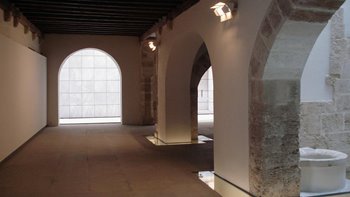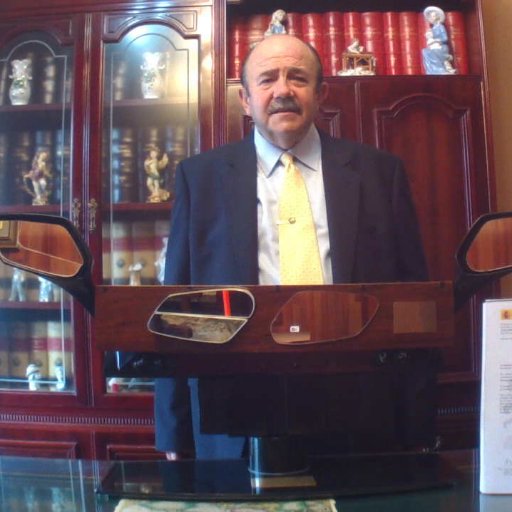Zen Metro: Calatrava Raises the Bar
Valencia’s second most prestigious, international architect (Rafael Guastavino comes first), Santiago Calatrava has done it again. This wholly original genius, whose emblematic City of Arts and Sciences in the old river bed of Valencia’s River Turia bears a striking resemblance to a collection of helmets from George Lucas’s Star Wars, and whose Calatrava bridges all over the world are instantly recognizeable because of the subtle variations on a theme that characterise them, much as equally subtle variations characterise the fugues of Bach, has come up with a staggering new concept in architectural vanguardism; the zen grotto metro bio-design.
Combining delayed action state of the art hi-tech with cutting edge oriental philosophy, Calatrava’s Alameda underground station has, in imitation of the essential precepts to be found underlying the traditional Zen water garden, begun to produce stalagmites!
Cascading water inside Valencia underground stations is not a novelty, nor is it indeed in many of the city’s most significant public buildings; and bearing in mind that the Silk Route once reached the city, it is not surprising that oriental influences are apparent in its architecture. There is in fact a pagoda in the Alameda street above the underground station with the same name and an occasional Chinese or Japanese or Chinese restaurant to be found scattered about the city.
Nevertheless, Calatrava has taken this tradition a step further, and the strategically placed sluices guide the water through hidden limestone deposits which allow it to drip in such a way as to lead to the formation of calcium carbonate, a phenomenon that only occurs under certain pH conditions. This is living architecture taken to its furthest moderate extreme!
Like all men born ahead of their time, Calatrava has come in for criticism from lesser men, and many thought that he had said all that he had to say when the Calatrava Bridge was rolled into place at an inspirational cost, having been built slightly to the side of its final location, looming over the airy station. However, Santi has silenced his critics, by allowing his work to transform and reinvent itself with the passing of the years, and by moving to Switzerland.












Recent Comments